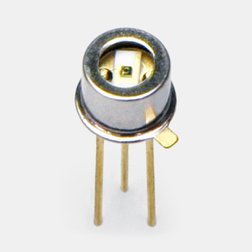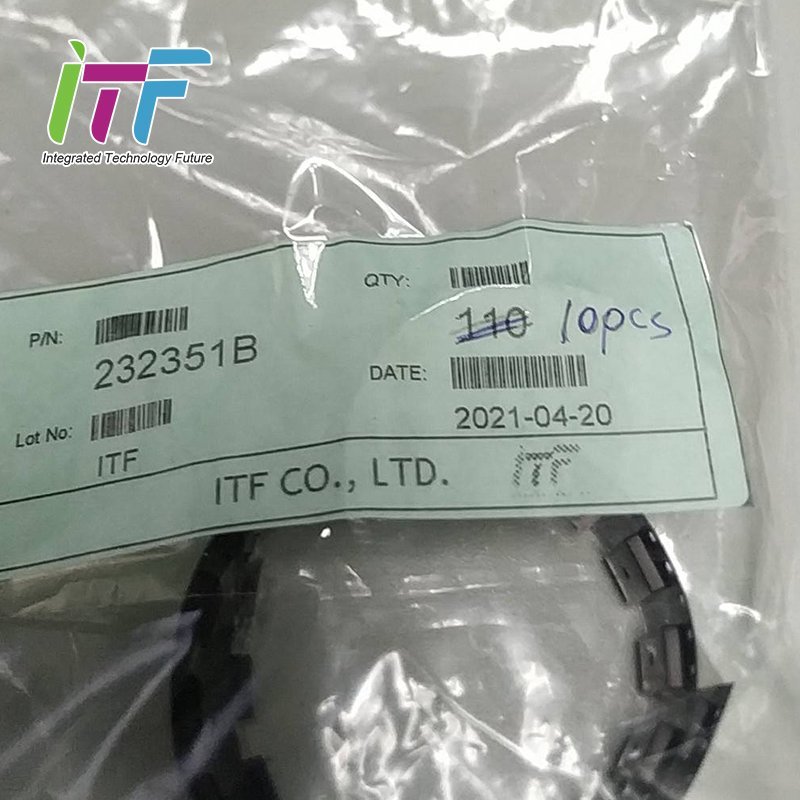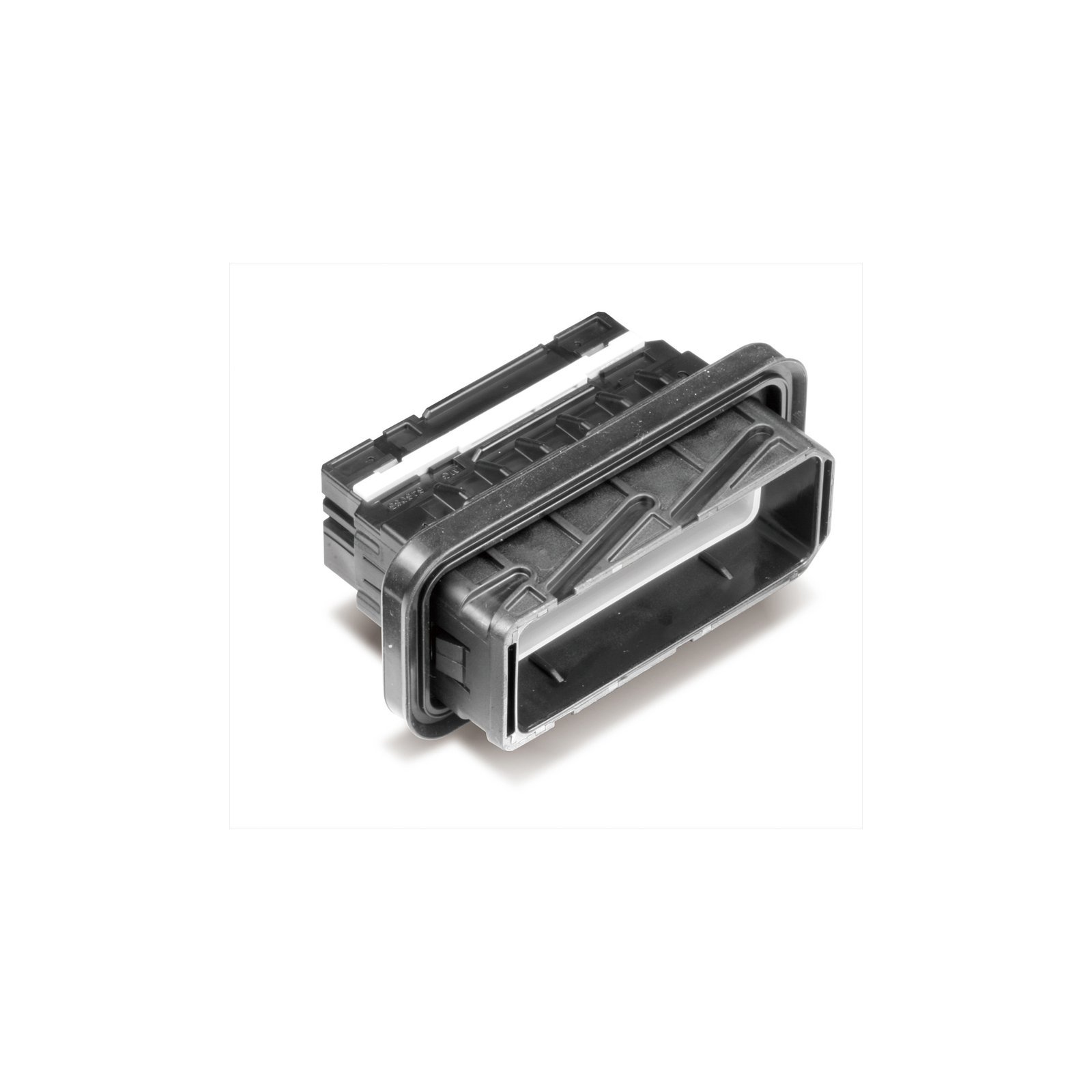Integrated circuits, or IC chips, are miniature electronic circuits that contain a multitude of interconnected components, such as transistors, resistors, and capacitors, all etched onto a tiny silicon wafer. These chips serve as the brains of our electronic devices, executing various functions from processing data to storing information. Nowadays, IC chips benefit a lot to our industries. How do these IC chips develop into such a tiny but useful part? In this article, I’m going to show you the history of IC Chips.
1950s – The Dawn of Transistors
Our journey began in the 1950s when transistors emerged as the stars of the electronic world. These solid-state devices revolutionized the industry by replacing bulky vacuum tubes. They were more efficient, reliable, and durable. This era laid the foundation for the eventual birth of integrated circuits.
Why were transistors crucial? Transistors paved the way for smaller, more efficient electronic components. They marked the beginning of the miniaturization revolution.
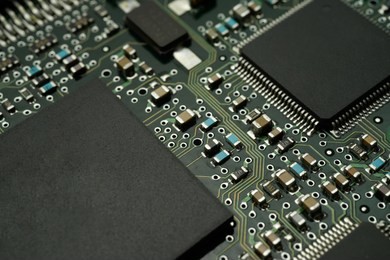
1958 – The Birth of the Integrated Circuit
In 1958, a breakthrough occurred at Texas Instruments when Jack Kilby demonstrated the first working integrated circuit. This monumental achievement integrated multiple electronic components onto a single semiconductor material, ushering in a new era of electronic design.
What was so groundbreaking about Kilby’s invention? It was the birth of the integrated circuit, allowing multiple components to coexist on a single chip, simplifying electronics, and enabling miniaturization.
1960 – The Planar Process and Mass Production
Jean Hoerni’s introduction of the planar process in 1960 marked a significant milestone in IC chip production. This process facilitated reliable and consistent manufacturing, making mass production of IC chips feasible. This laid the groundwork for the mass adoption of IC technology.
Why was the planar process important? It made it possible to consistently produce IC chips, setting the stage for widespread use.
1970s – The Microprocessor Revolution
The 1970s saw the birth of microprocessors, the tiny but mighty CPUs that power computers and devices. Intel’s 4004, introduced in 1971, is often regarded as the first microprocessor. These chips laid the groundwork for personal computing.
How did microprocessors change the game? They brought computing power to the masses and set the stage for personal computers.

1980s – Advancements in Memory ICs
The 1980s were marked by significant developments in memory ICs. Dynamic random-access memory (DRAM) and flash memory emerged, greatly enhancing storage capacity and speed in computers and electronic devices.
Why were memory ICs so significant? They allowed for larger data storage and faster access, driving innovation in computing and electronics.
1990s – The Rise of Mixed-Signal ICs and DSPs
The 1990s brought mixed-signal ICs, which combine analog and digital circuitry on a single chip. Digital signal processors (DSPs) became prevalent, enabling advanced signal processing in telecommunications and multimedia applications.
What was the role of mixed-signal ICs and DSPs? They allowed for more complex and efficient signal processing, enhancing communication and multimedia technologies.
2000s – The Era of System-on-Chip (SoC)
The 2000s introduced the concept of System-on-Chip (SoC), where entire systems, including microprocessors, memory, and peripherals, are integrated onto a single chip. SoCs power modern smartphones, IoT devices, and more.
How did SoCs change the landscape? They made compact, powerful devices like smartphones and IoT gadgets possible by integrating multiple functions onto a single chip.
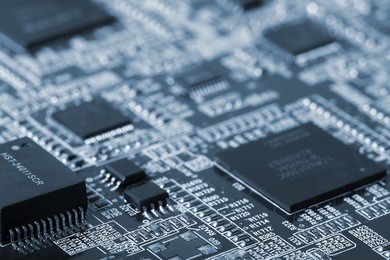
The Present and Future – Nanoelectronics and Quantum Computing
Today, we’re on the cusp of a new frontier in IC technology. Researchers are exploring nanoelectronics, which involve working at the nanoscale to create even smaller and more efficient chips. Quantum computing, a cutting-edge field, holds the potential to revolutionize the world of computing.
What’s on the horizon for IC chips? Nanoelectronics and quantum computing could bring about even smaller, faster, and more powerful chips, transforming the tech landscape.
In Conclusion
The history of IC chips is a story of innovation and progress. From the birth of transistors to the advent of quantum computing, these tiny wonders have shaped our world and continue to push the boundaries of what’s possible in the digital age. If you are interested in IC Chips or electronic components, feel free to contact us!










